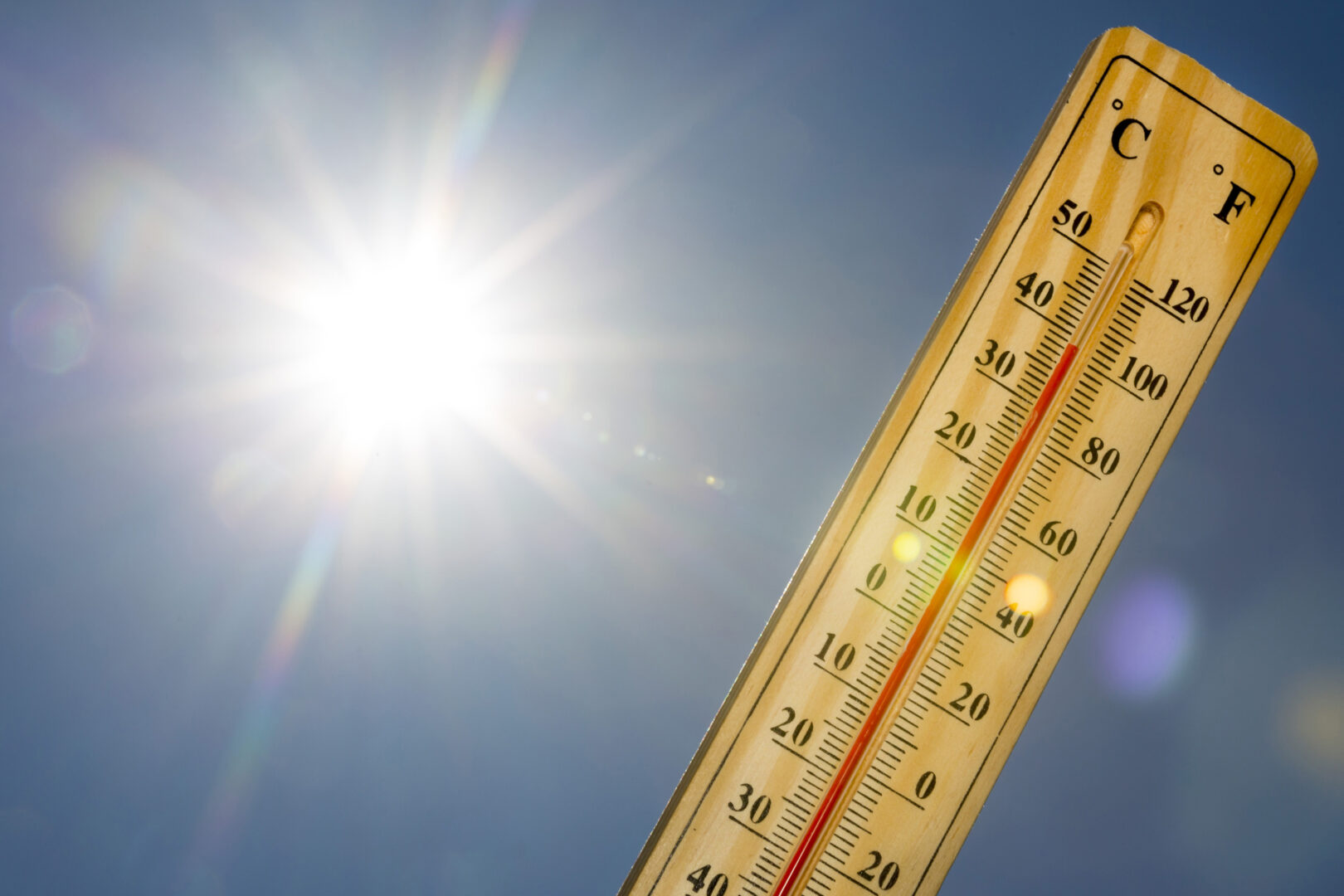
Pa. heat advisories are outpacing the average rate this summer. Climate change plays a role.
-
Rachel McDevitt

Pennsylvania is seeing more frequent bouts of extreme heat this summer.
Since June 1, the National Weather Service has issued 18 heat advisories in the state. That’s 13 more than the average for this time period over the last two decades, according to data collected by Iowa State University.
An advisory means that the combined heat and humidity is expected to feel like 100 degrees or higher for at least two days, and night-time air temperatures will not drop below 75 degrees.
Related Stories
An excessive heat warning means it feels like 105 degrees or hotter. Pennsylvania has had six warnings since the beginning of June, which is four above average.
Lauren Casey, a meteorologist with the nonprofit science communication group Climate Central, said climate change is pushing extreme temperatures higher and increasing the likelihood of stretches of very hot days.
“So, 90 degree days in July–our hottest time of the year, typically, across Pennsylvania–is not uncommon. But seeing day after day in the low, mid, upper 90s is uncommon,” Casey said.
Emissions from burning fossil fuels traps heat in the atmosphere, contributing to global climate change.
Scientists say curbing emissions quickly is necessary to avoid catastrophic levels of warming. The 2015 Paris Climate Agreement set a goal of limiting warming to 1.5 degrees Celsius.
The realization of that goal is falling into question. The European Union’s Earth observation program Copernicus said January 2024 was the warmest January since 1940. The month also marked the 12th in a row that the global average temperature exceeded 1.5 degrees C above the 1850-1900 pre-industrial average.
“This is absolutely, unfortunately, going to become more common,” Casey said of the hot weather.
She noted 2023, was the hottest year on record, globally. This year is on track to either meet or exceed last year.
The U.S. Climate Prediction Center expects Pennsylvania to see warmer than average temperatures through September.
















